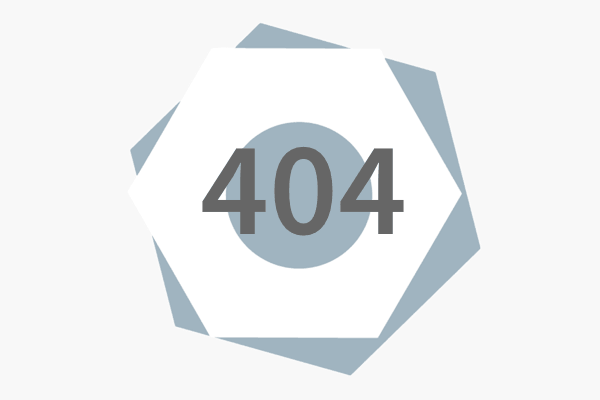Democrats Retain Spending Edge
 The New York Times reports:
The New York Times reports:
Lost in all of the attention paid to the heavy spending by Republican-oriented independent groups in this year’s midterm elections is that Democratic candidates have generally wielded a significant head-to-head financial advantage over their Republican opponents in individual competitive races.
Even with a recent surge in fund-raising for Republican candidates, Democratic candidates have outraised their opponents over all by more than 30 percent in the 109 House races The New York Times has identified as in play. And Democratic candidates have significantly outspent their Republican counterparts over the last few months in those contests, $119 million to $79 million.
Republican-leaning third-party groups, however, many of them financed by large, unrestricted donations that are not publicly disclosed, have swarmed into the breach, pouring more than $60 million into competitive races since July, about 80 percent more than the Democratic-leaning groups have reported spending.
As a result, the battle for control of the House has been increasingly shaping up as a test of whether a Democratic fund-raising edge, powered by the advantages of incumbency but accumulated in the smaller increments allowed by campaign finance law, can withstand the continuing deluge of spending by groups able to operate outside those limits, according to an analysis of political spending by The Times.
It is difficult to provide an accurate, up-to-the-moment comparison that includes all three streams of campaign money — money spent by candidates, money spent by party committees and money spent by outside groups — because candidates have had to file financial reports that cover only up until mid-October. Moreover, certain types of so-called issue advertisements, which do not explicitly urge voters to cast their ballots one way or another but still attack or praise candidates ahead of the general election, had to be filed with the Federal Election Commission only beginning in September, or 60 days before voters go to the polls.
While activities like television and radio advertisements and mass mailings are reported to the commission soon after they are purchased, other kinds of spending, like get-out-the-vote efforts, are not.
In mid-October, however, based upon the campaign finance data available, Democrats actually had the spending advantage in about 60 percent of the 109 competitive House races and had invested, collectively, about 10 percent more money into the contests than Republican candidates and their aligned groups had over the previous few months.

